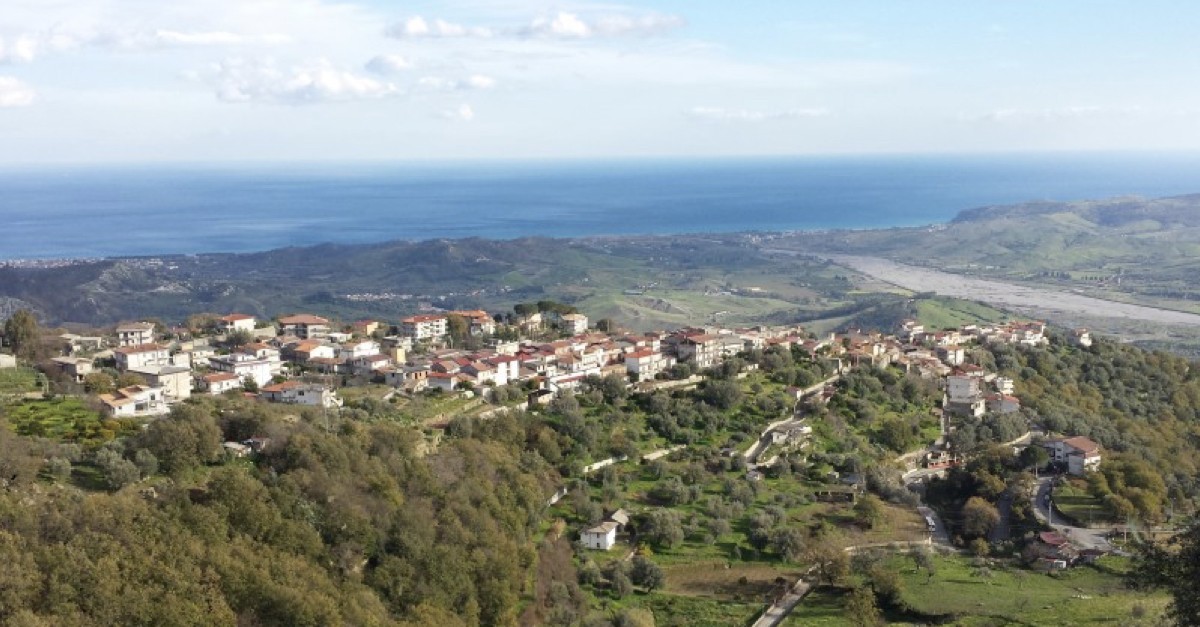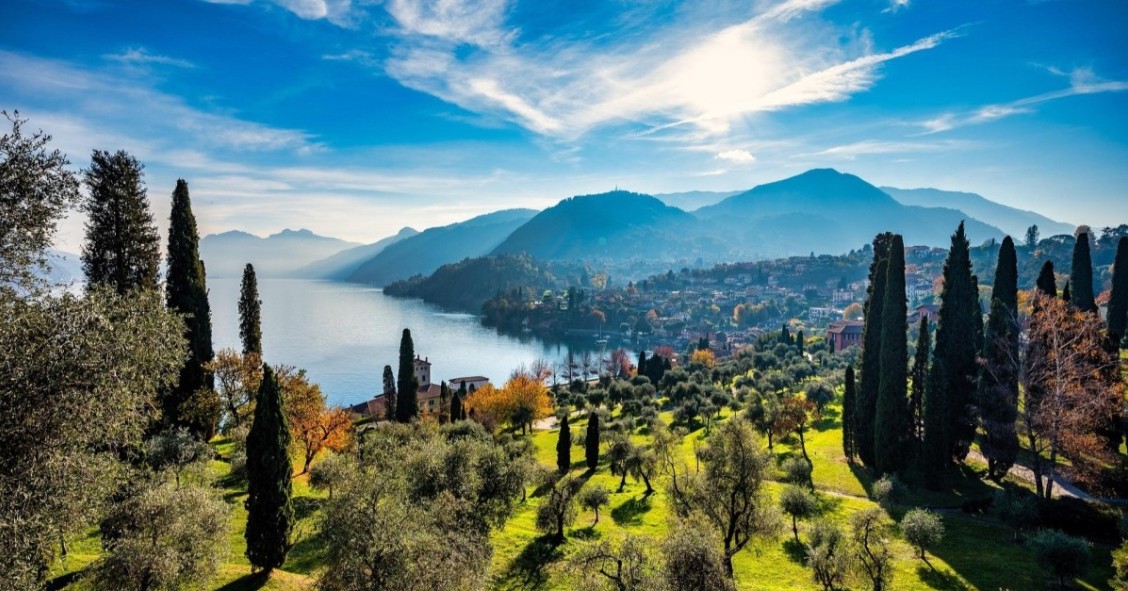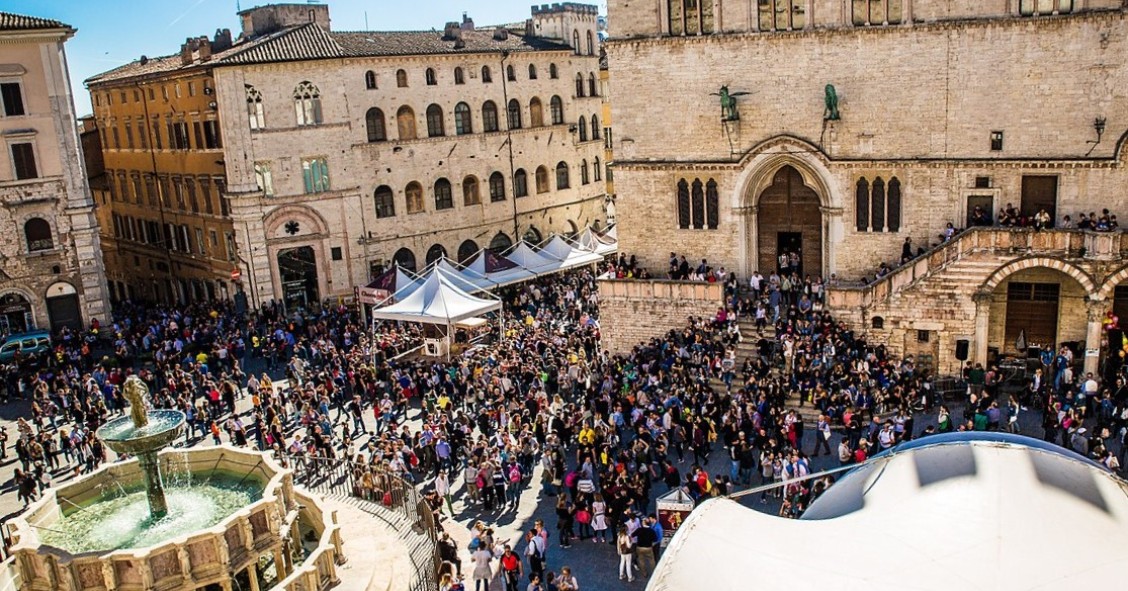
We've all heard of Italy's 1 euro homes, but now, you could also get paid to live in Italy. Calabria wants to repopulate 9 of its villages, and in order to do that, this Italian region is offering money to those who choose to move there. The Italian villages that will pay you to live there are offering up to 28,000 euros to those who move their residence to these identified areas in 2021. We have the details.
There 9 villages on the list where you could get paid to live in Italy: 4 are located in the north of the province of Cosenza: Aieta, Albidona, Civita and San Donato di Ninea. Another 3 are in the province of Reggio Calabria: Bova, Samo and Sant'Agata del Bianco. The last 2 small municipalities are in the province of Crotone: Caccuri and Santa Severina.
The aim of this new initiative in Italy is to combat the depopulation crisis which has affected several villages in Calabria in recent years and attract new residents. The only catch of this scheme where you could get paid to live in Italy is that to obtain the money, new residents in these 9 villages must be under 40 years old. They must also commit to launching a small business in the area.
In addition, those who want to apply for to get paid to live in Italy should be aware that they must self-certify, at the time of application, that they are willing to move to Calabria within 90 days after the positive outcome of the application. Not only that, candidates will also have to officially transfer their residence to the town they move to.
Interest in this scheme and application is coming from both within Italy and from abroad. In an interview with CNN where the initiative has been widely publicised, Gianluca Gallo, Calabria's councillor for agriculture, stated that in most cases, the money will be paid to new residents in the form of monthly income. This amount could be between 800 and 1000 euros per month for 2 or 3 years. Alternatively, in some cases the funding may be offered in a lump sum to support the launch of a new business.
"We are refining the technical details, the exact monthly amount and duration of the funding and whether we will include slightly larger villages with up to 3,000 residents," he told CNN. "So far we've had great interest and hopefully, if this first plan works, more villages will follow in the next few years."






